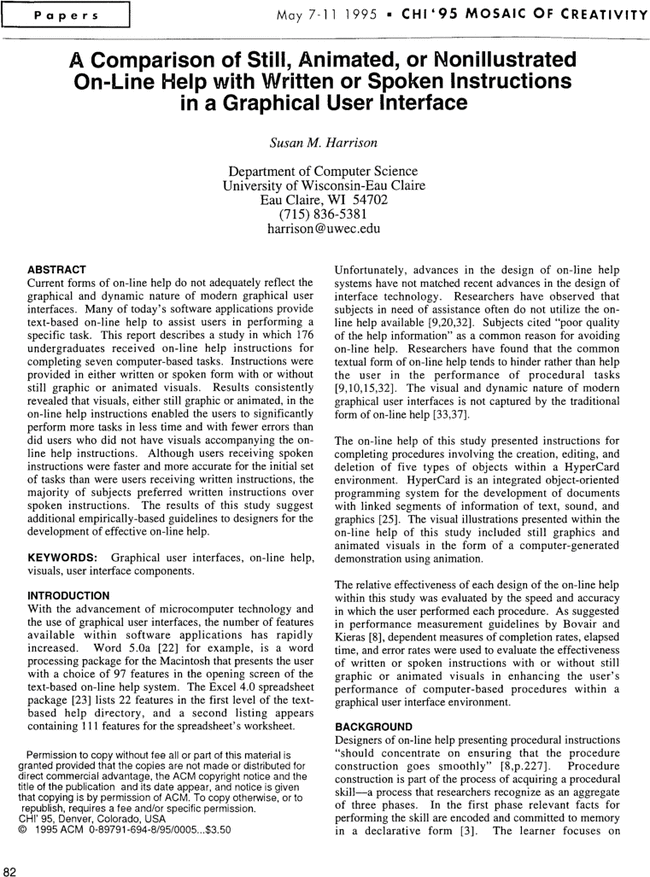Cited By
View all- Liang XHu YLi C(2022)Emotional Design and User Study on Guidance System For MR Distributed CollaborationProceedings of the Tenth International Symposium of Chinese CHI10.1145/3565698.3565786(210-215)Online publication date: 22-Oct-2022
- Rigaud CBailly GAvellino IJansen Y(2022)Exploring Capturing Approaches in Shared Fabrication Workshops: Current Practice and OpportunitiesProceedings of the ACM on Human-Computer Interaction10.1145/35551166:CSCW2(1-33)Online publication date: 11-Nov-2022
- Claypoole VKillingsworth CHodges CRiley JStanney K(2022)Multimodal Interactions Within Augmented Reality Operational Support Tools for Shipboard MaintenanceHuman-Automation Interaction10.1007/978-3-031-10784-9_20(329-344)Online publication date: 1-Nov-2022
- Show More Cited By


